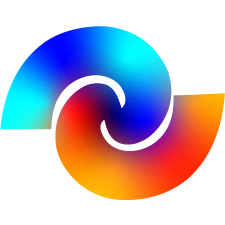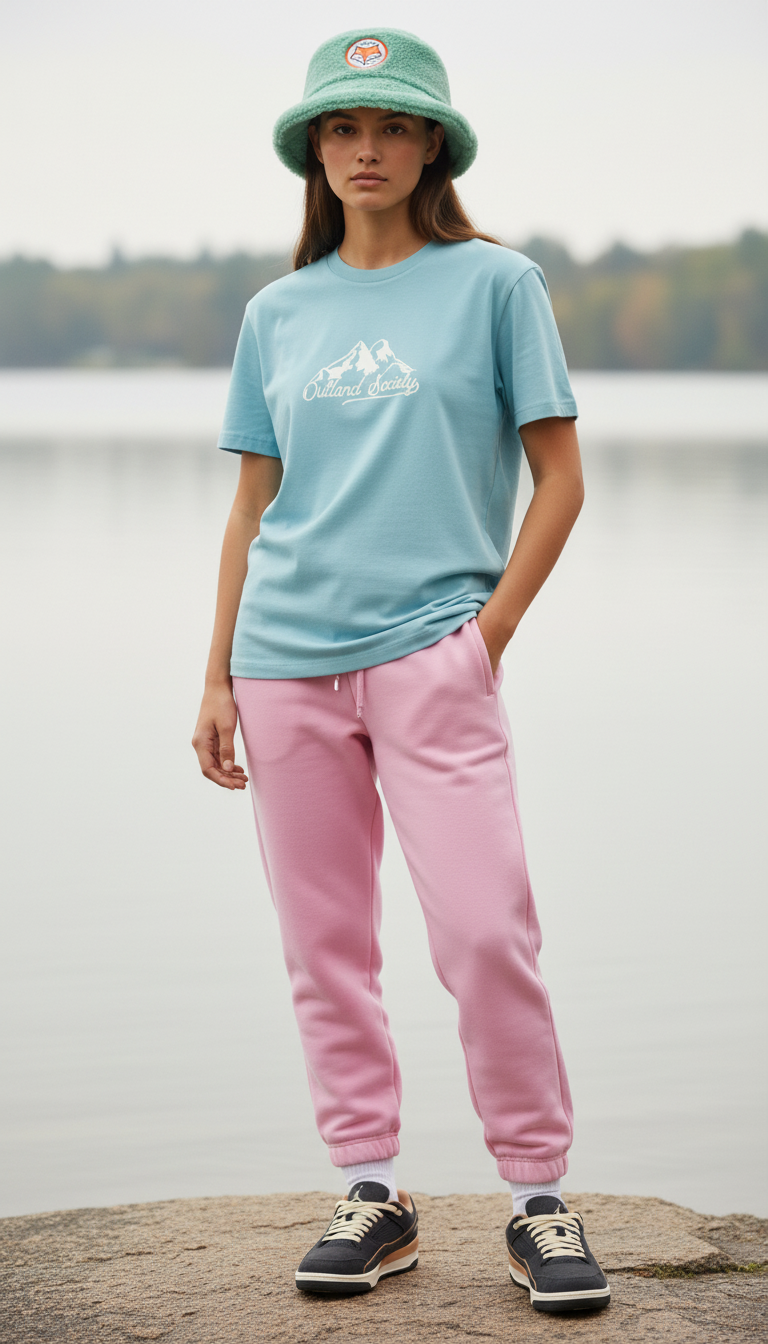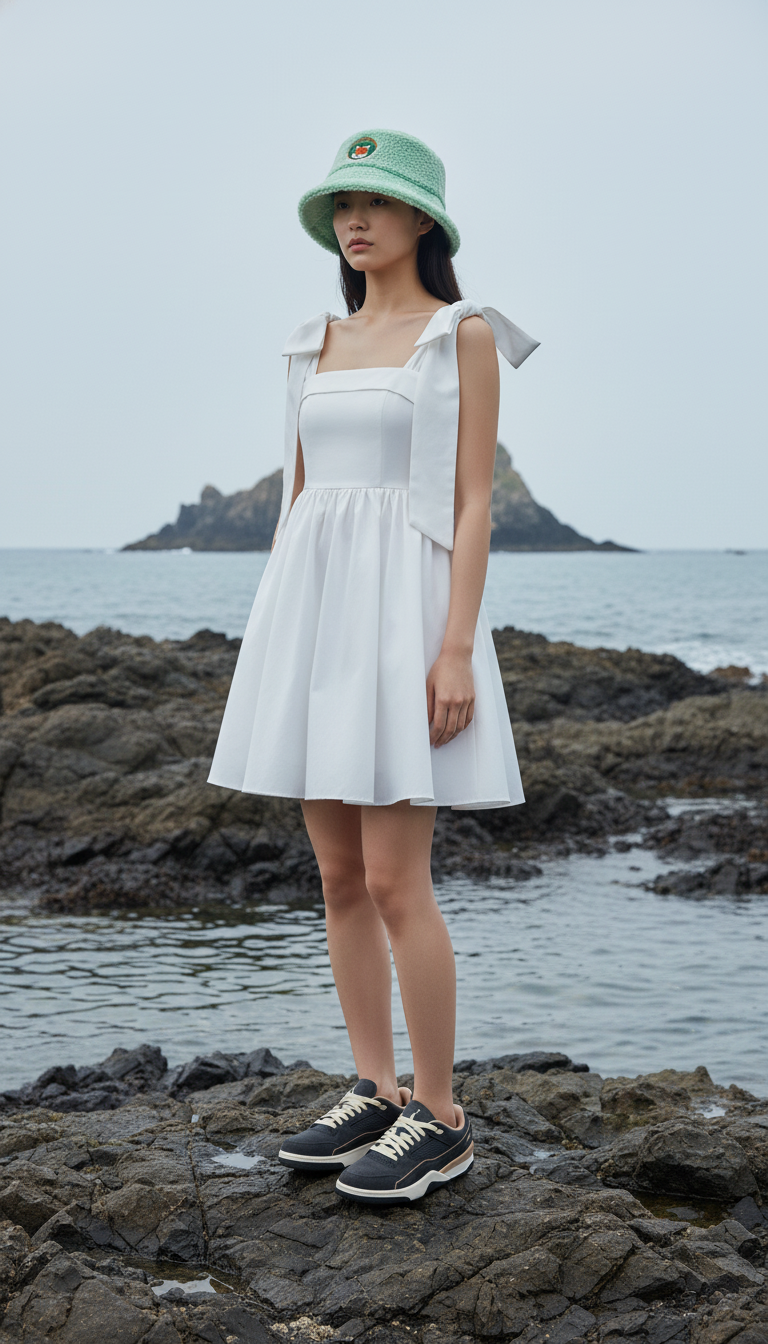Model Details
Clothes-on-Model composes believable, on-model product photos for fashion catalogs and listings. Supply reference images for garments and accessories (and optionally a model photo). The system renders accurate fit, drape, and scale while preserving product design and color.
## Inputs (all optional)
* `prompt` — style/art-direction notes (lighting, crop, mood). * `model_image` — person to wear the items; if omitted, a model is generated. * `dress_image` — a single dress. * `top_image` — a top/outerwear piece. * `bottom_image` — pants/skirt/shorts. * `hat_image` — headwear. * `shoe_image` — footwear. * `aspect_ratio` — e.g., `1:1`, `3:4`, `4:5`, `9:16`, `16:9`. * `num_outputs` — number of images (1–4).
> The render includes only the items you provide. If you include multiple garments that would overlap (e.g., a dress plus top/bottom), results will attempt a sensible composition; for product-accurate listings, include only the pieces you intend to show.
## Output characteristics
* **Use case:** e-commerce and look-book imagery with neutral backgrounds and clean composition. * **Fidelity:** aims to match geometry, color, trims, and construction from your references. * **Fit & drape:** targets realistic cloth behavior and body contact; avoids “floating” items. * **Controls:** `aspect_ratio` and `num_outputs` for layout and batch size.
## How to get the best results
* **Source images:** high-resolution, clear front or ¾ views; minimal occlusion; neutral backgrounds. * **Consistency:** when combining items, prefer similar angles/lighting across all references. * **Clarity:** avoid conflicting products (e.g., two different tops). Provide only what you want shown. * **Prompting:** use the prompt for mood/lighting/crop; let product photos define design and color. * **Framing:** specify commercial crops (e.g., *“half-body, neutral studio backdrop, softbox lighting, subtle depth of field”*).
## Example directions (prompts)
* **Dress focus:** *“Studio catalog shot, knee-up crop, neutral gray paper backdrop, soft directional lighting, natural skin texture, slight depth of field, color-accurate reproduction.”* * **Separate pieces (top + bottom + shoes):** *“Look-book pose, half-body crop, clean white sweep background, soft rim light, true-to-fabric texture, no dramatic gels, product-first composition.”* * **Accessories (hat/shoes only):** *“Three-quarter portrait, neutral studio, gentle vignette, shallow DOF, ensure accessories read clearly, no heavy retouching.”*
## Notes & limitations
* Highly reflective materials, complex prints, heavy embellishments, extreme poses, or strong occlusions can reduce fidelity. * Use rights-cleared imagery. * Avoid prompts that contradict your product photos; reference images take precedence for accuracy.





